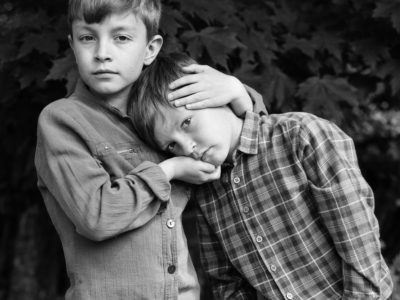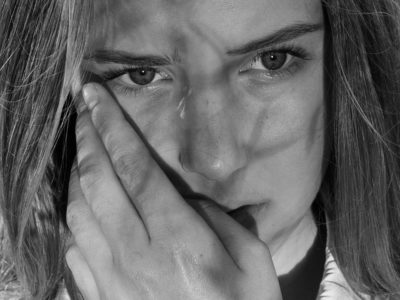The Baby Tooth Isn’t Loose — Brendon Kahn Captures the Fault Lines in Human Nature


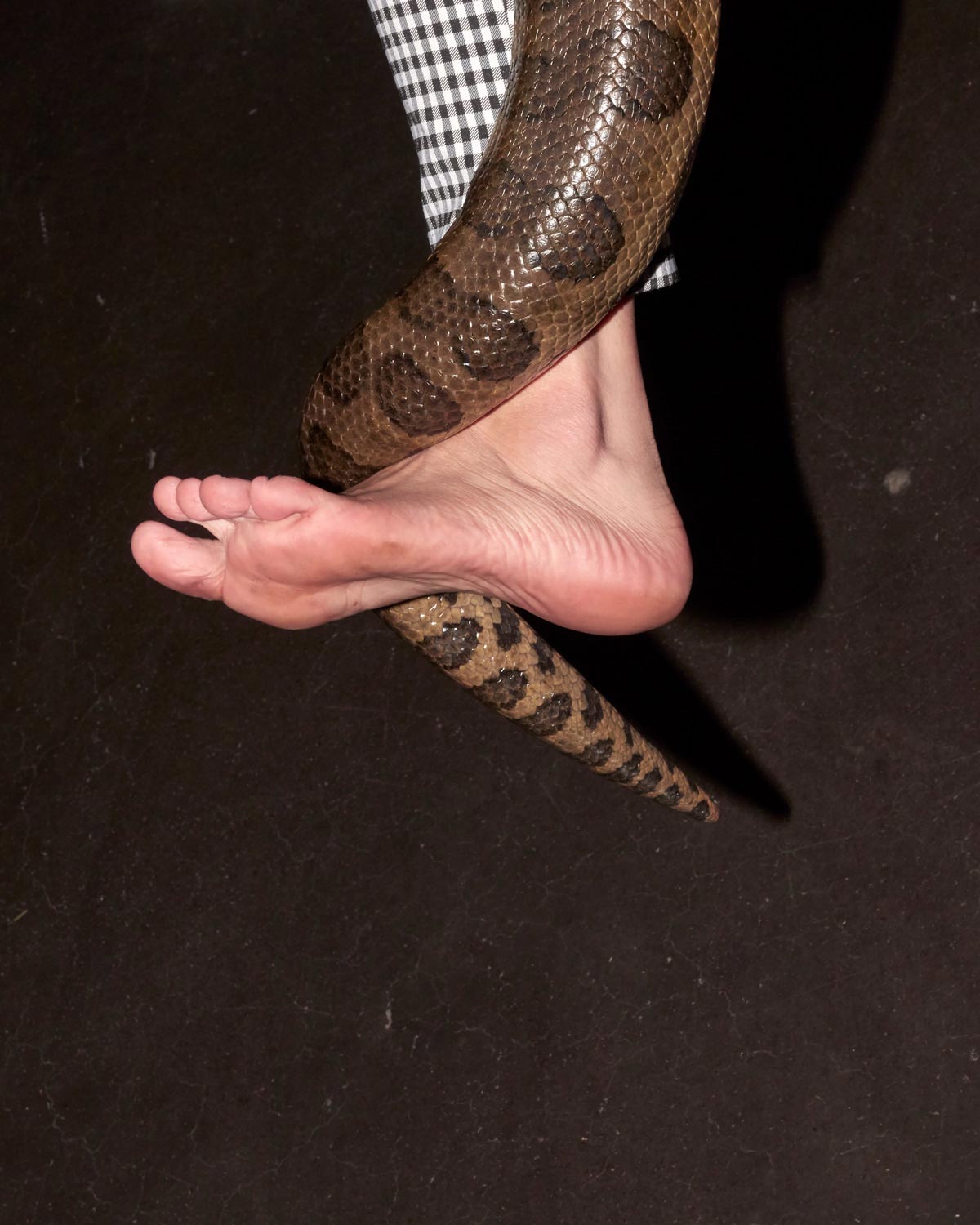
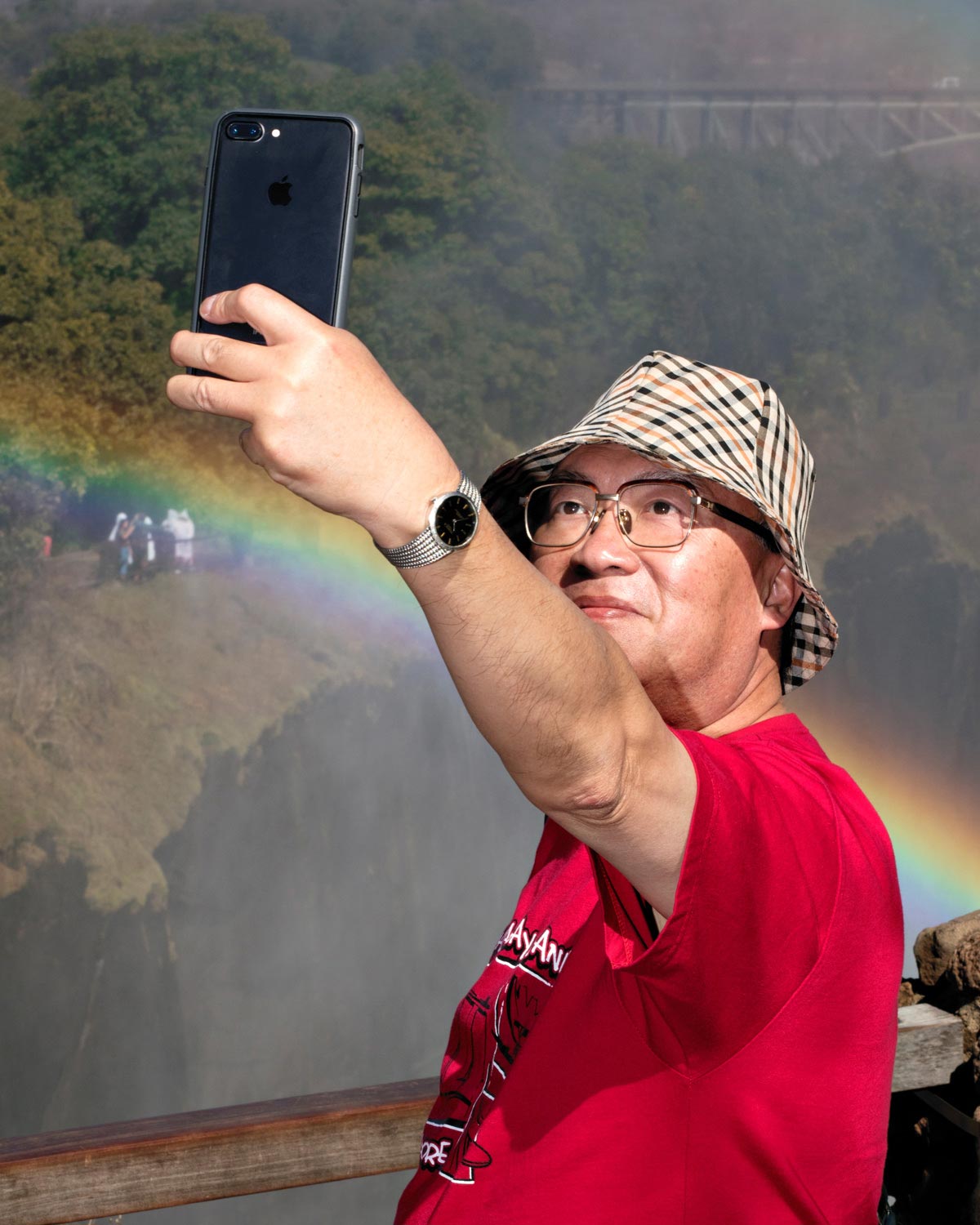
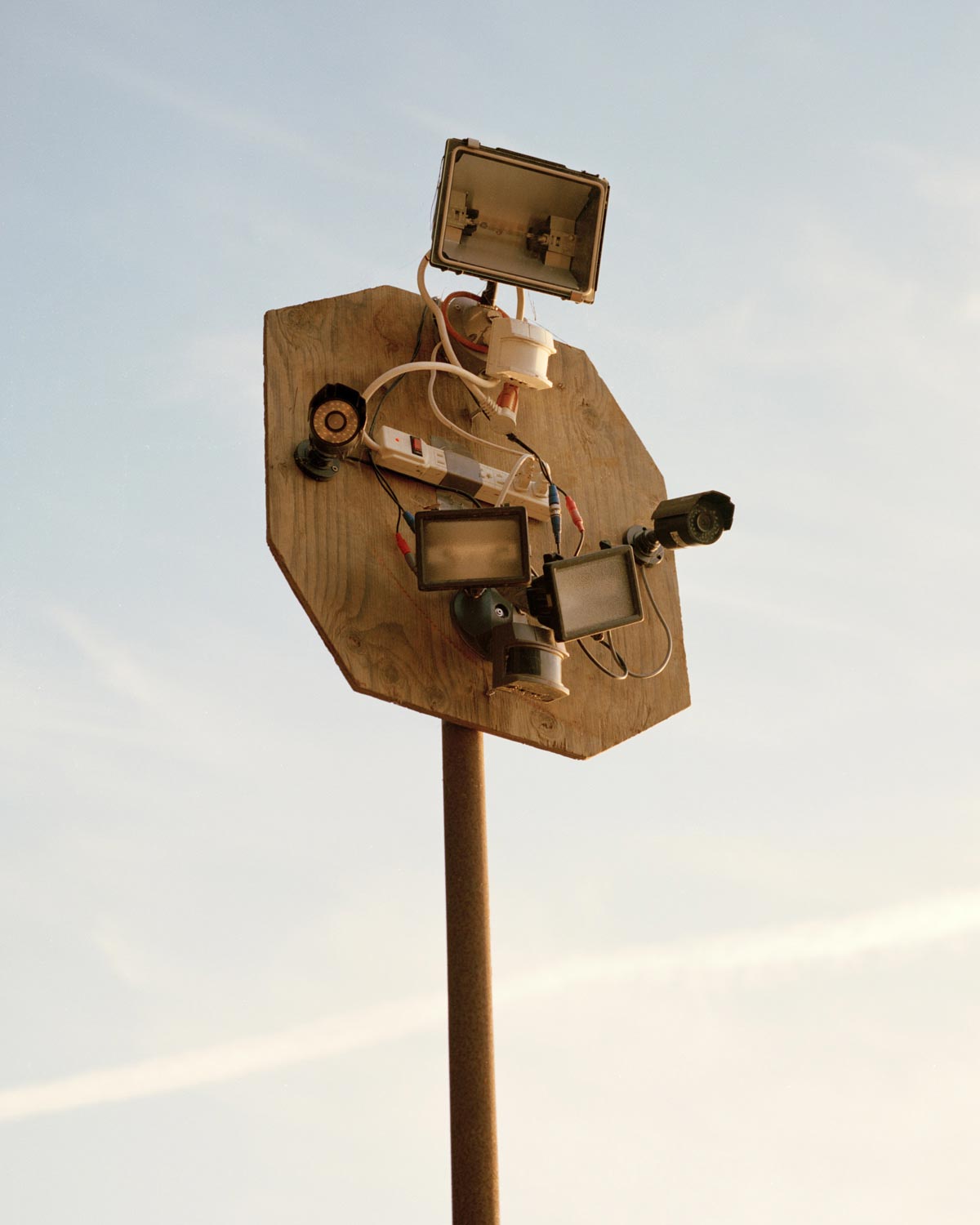
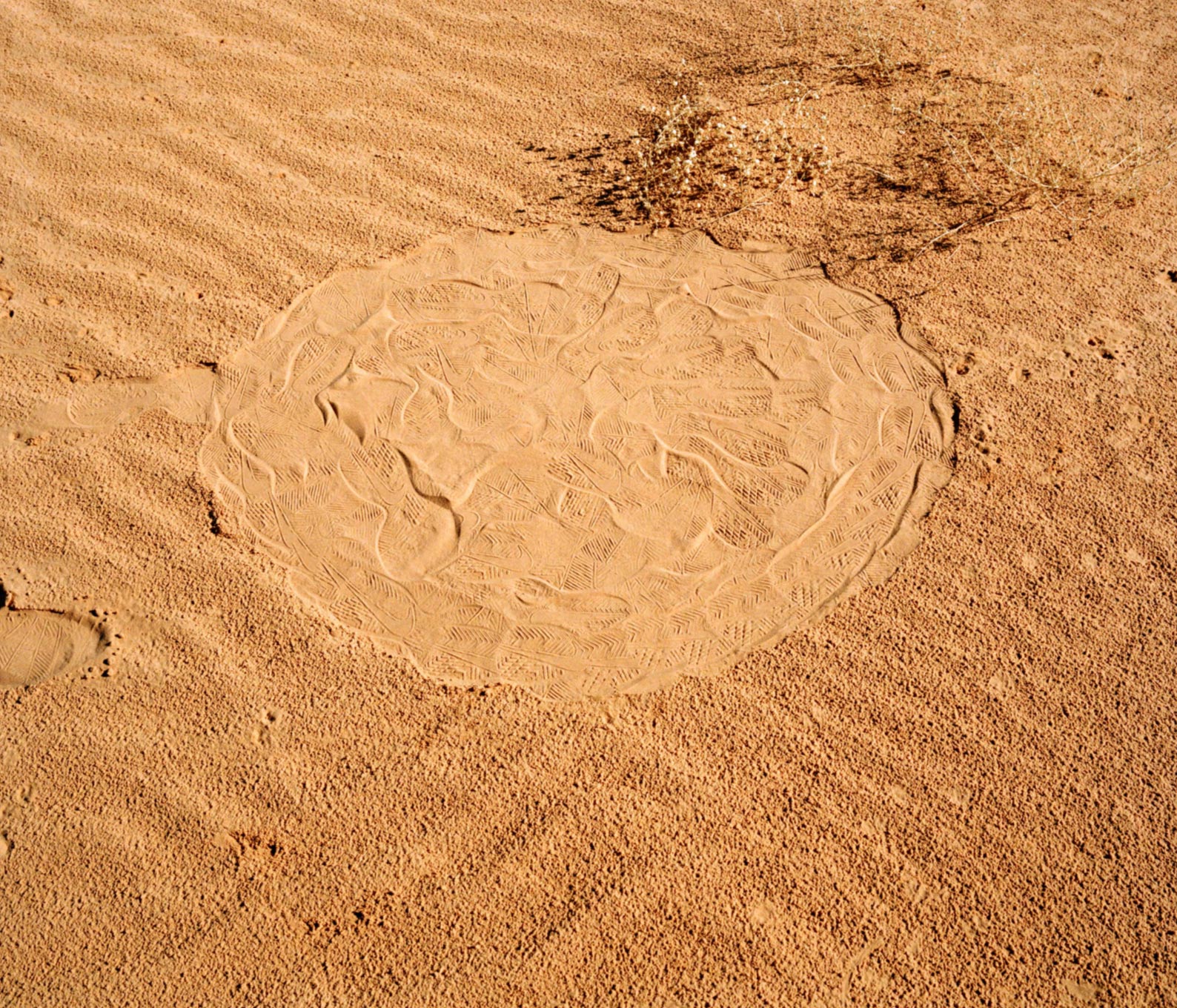
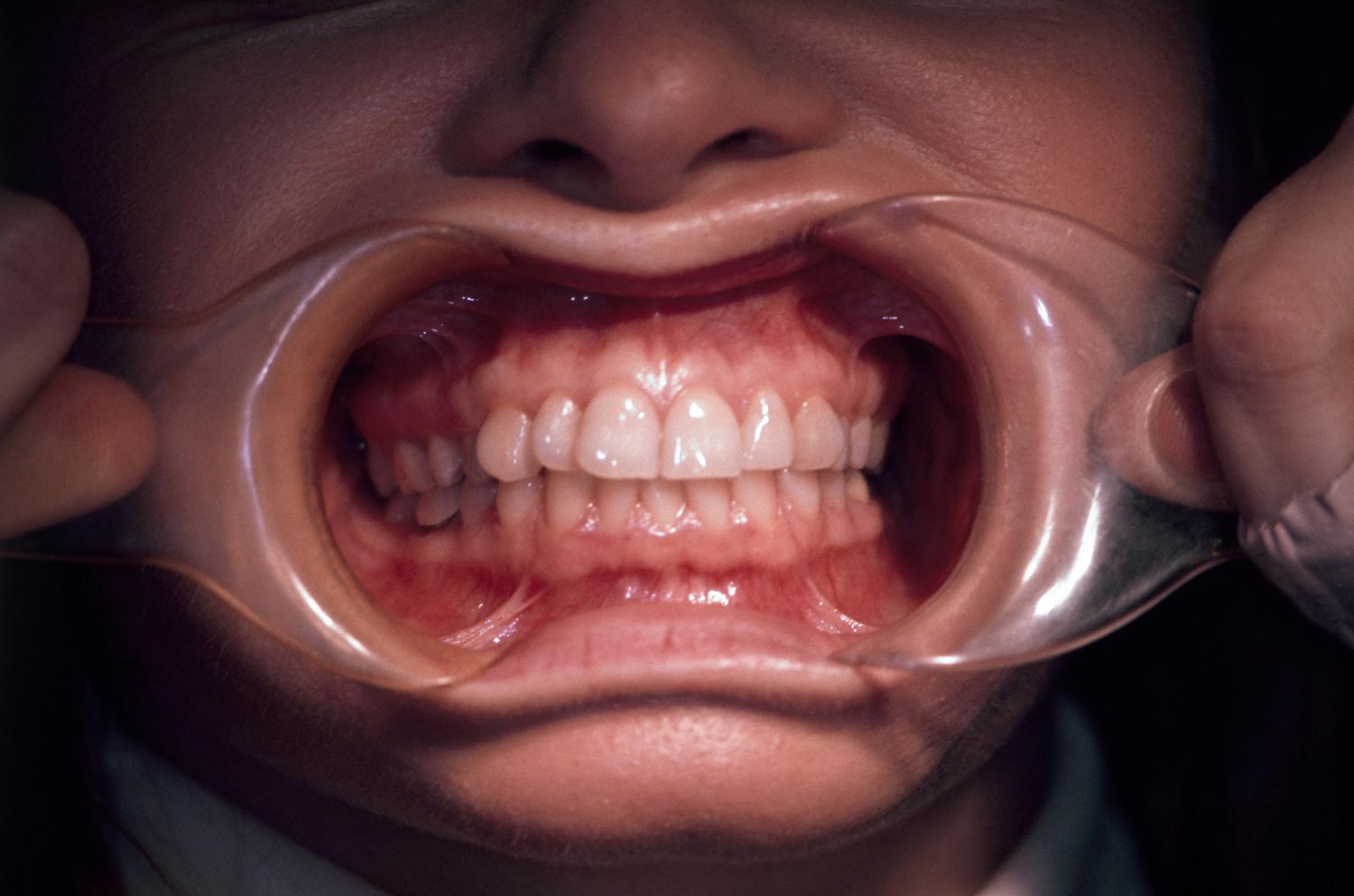
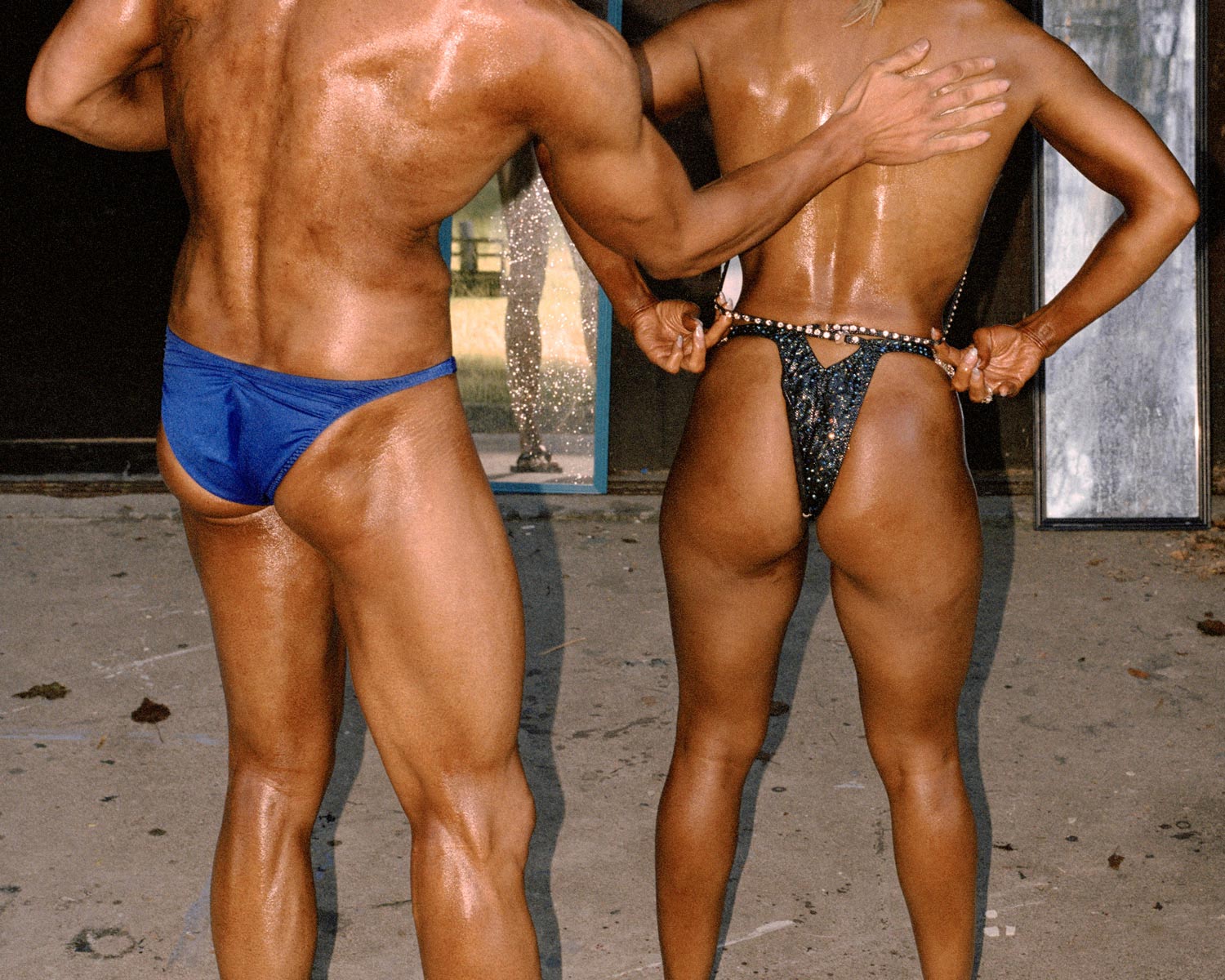
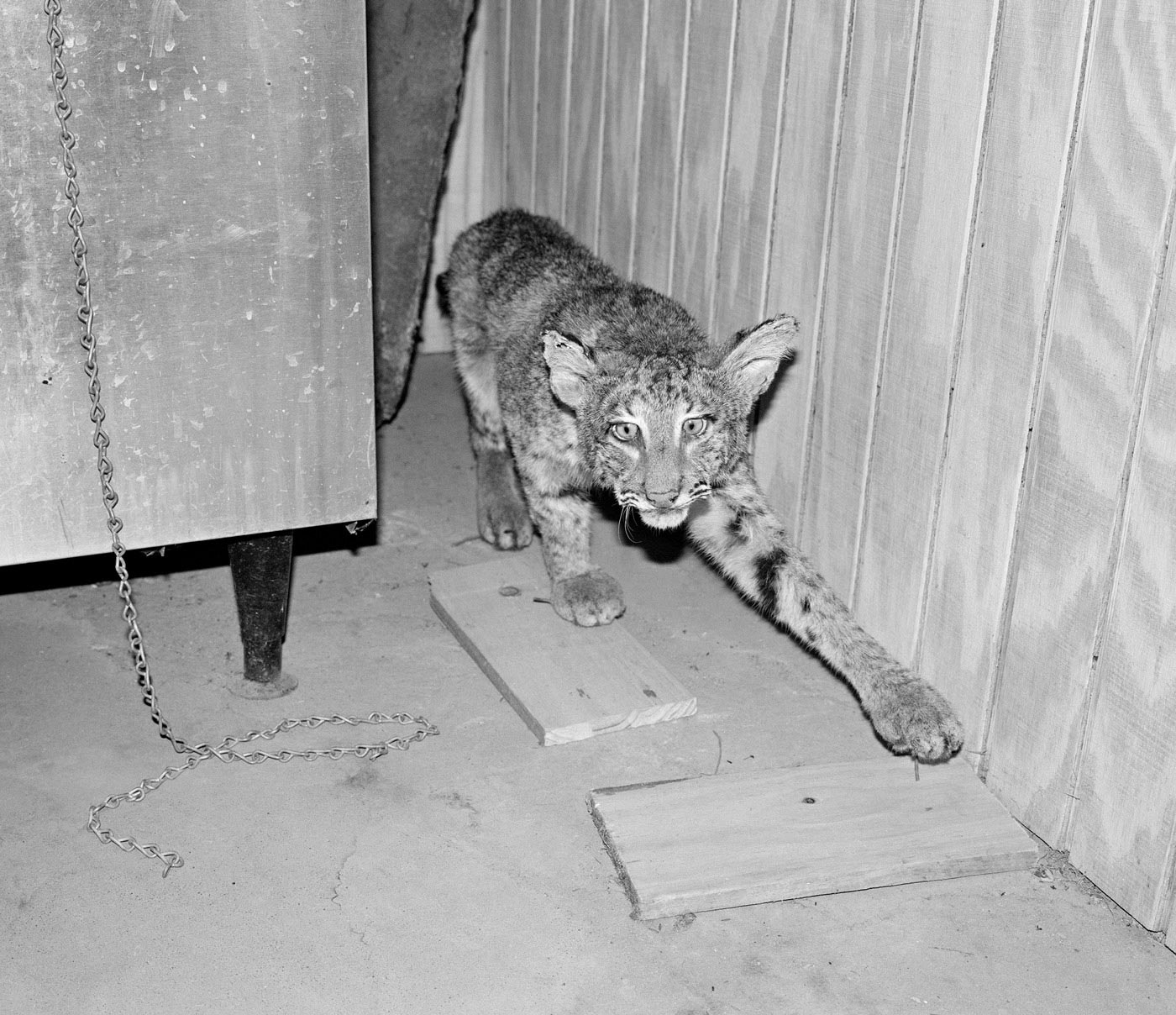

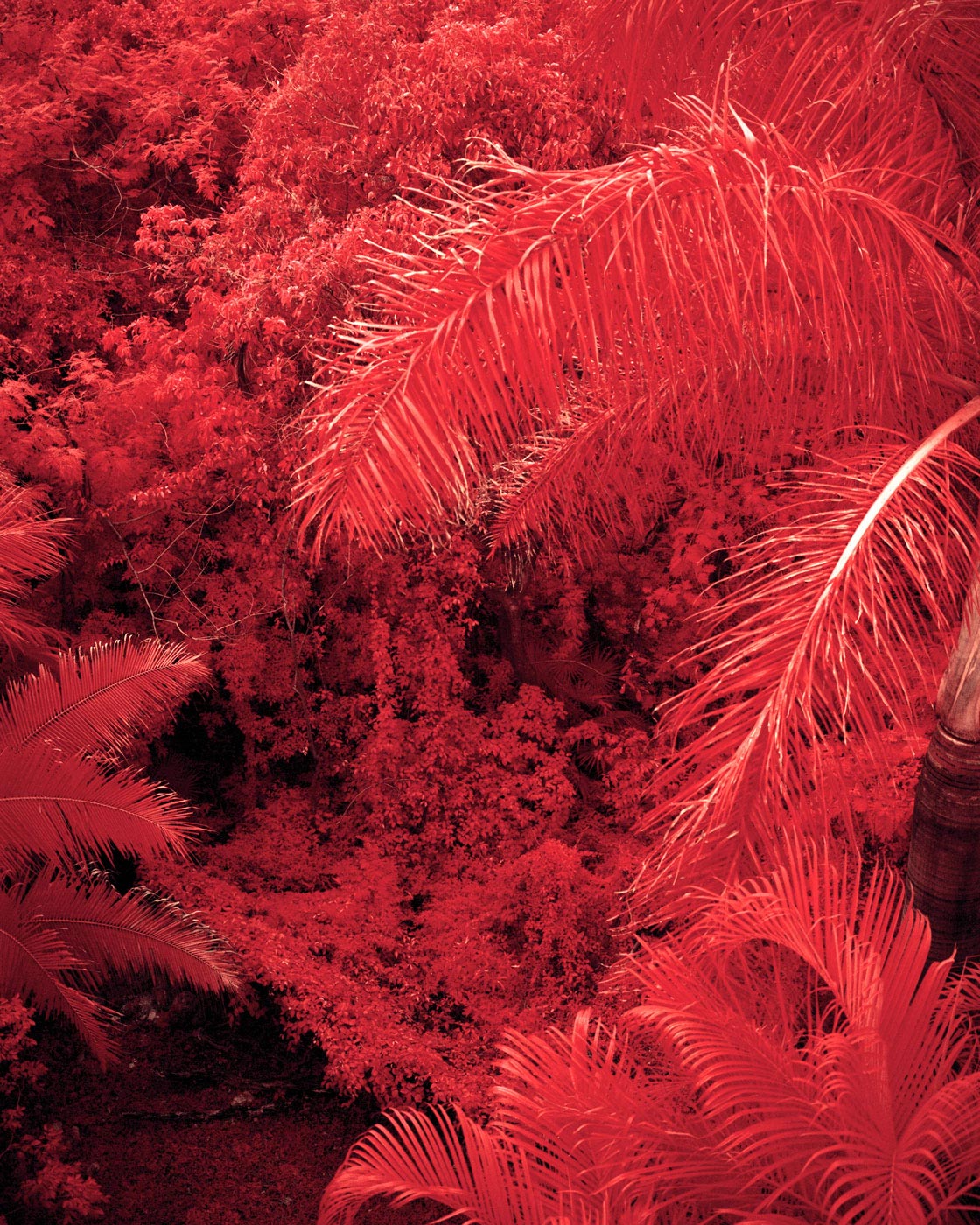

Brendon Kahn is one of the 12 photographers shortlisted by photobook publisher Void to run for the opportunity of having their work made into a publication, which they offered as jurors of a recent #FotoRoomOPEN edition.
28 year-old American photographer Brendon Kahn participated in #FotoRoomOPEN | Void edition with a project called The Baby Tooth Isn’t Loose. Here’s the project statement:
“Today’s reality is guided by competition alongside the fierce longing to ascend into what many call PARADISE. What lies in this pursuit are strangely manufactured channels of both sincerity and unsettling moments that make us question our ultimate wishes. These uncomfortable forms of excess, desire, and hope to live forever, tie us together but also create further separation than ever before in this consummate dance to the finish line. The Baby Tooth Isn’t Loose dives into an estranged exploration of the fault lines in human nature. This visual process reflects a collective ridiculousness that inescapably marries both the absurd and ironic. This translation is an experiment where the life of the work is guided by dissimilarity while ultimately living inside the same uncomfortable zoo. Within these lives, confusion plays a consistent role where the uncertainty drives an energy that makes it continuously more difficult to consider what is real.”
Keep looking...

FotoCal — Photography Awards, Grants and Open Calls Closing in November 2017

FotoFirst — Chris Aadland Captures Daily Life in a Small Icelandic Town

Hermitage — Margo Ovcharenko Portrays Young Russians Exploring Their Bodies and Sexuality

East Selects Four Different Entrants as the Winners in the Single Image Category of #FotoRoomOPEN

The Winner in the Series Category of #FotoRoomOPEN | East Edition is Damien Maloney

Introducing Rubber Factory, the Gallery Where #FotoRoomOPEN’s Winner Will Exhibit Their Work
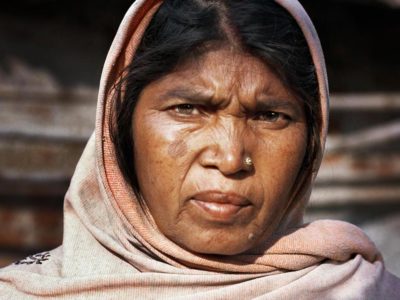
Women of God — Sara Hylton Portrays the Indian Women Marked by the Stigma of ‘Untouchability’
